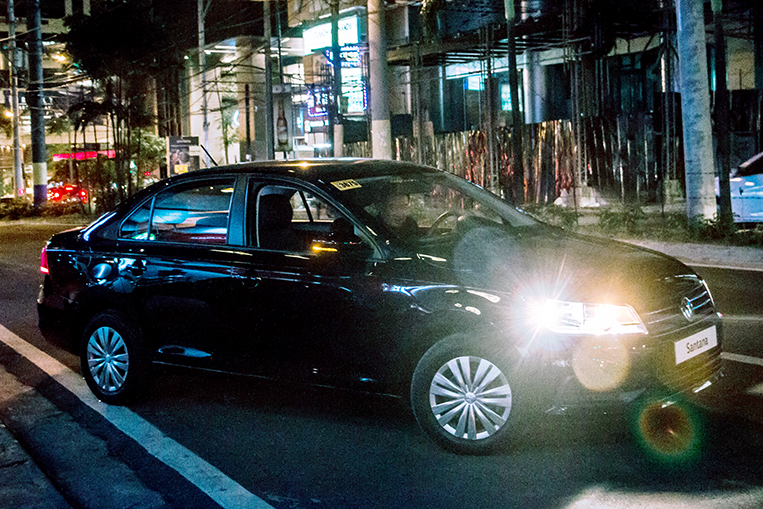
Last year—on November 6, 2017, to be exact—we launched this website you’re now reading. On that same day, we also made public our Facebook page. It was nerve-racking. An almost paralyzing kind of fear gripped us: What if nobody visited our site? What if nobody followed us on social media? What if nobody paid attention to us?
Sure, our editor-in-chief had some history as a motoring journalist, but so what? Why should people care that he had been doing this job for more than two decades? Why should they believe his pronouncement that he was out to publish a kick-ass motoring website? None of that mattered. To the average reader, VISOR was new. Compared to long-established rivals, it simply wasn’t good enough. We could almost hear the feedback being recited to us: “unknown,” “poor quality,” “cheap,” “copycat,” “untrustworthy.”
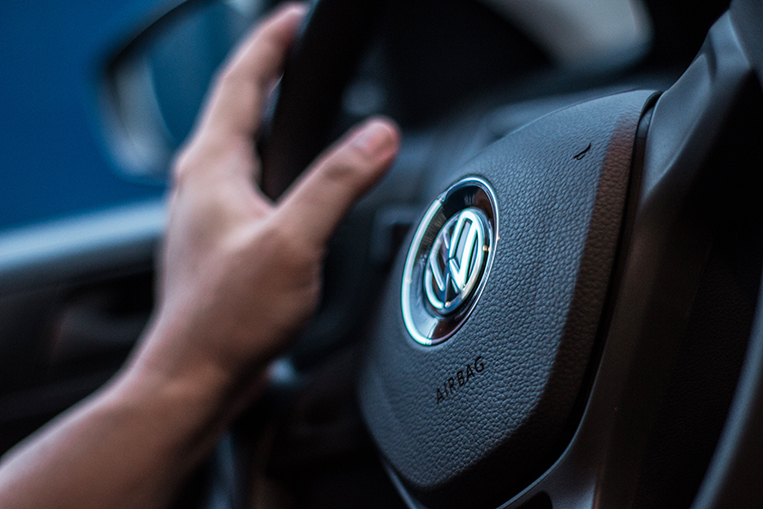
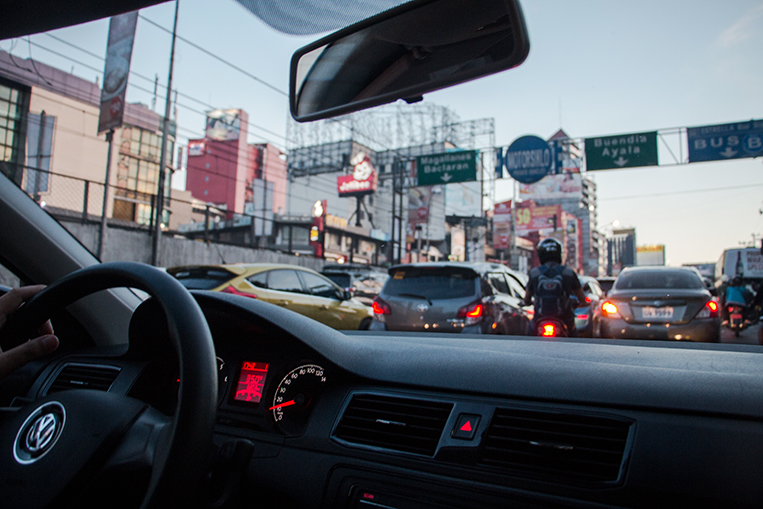
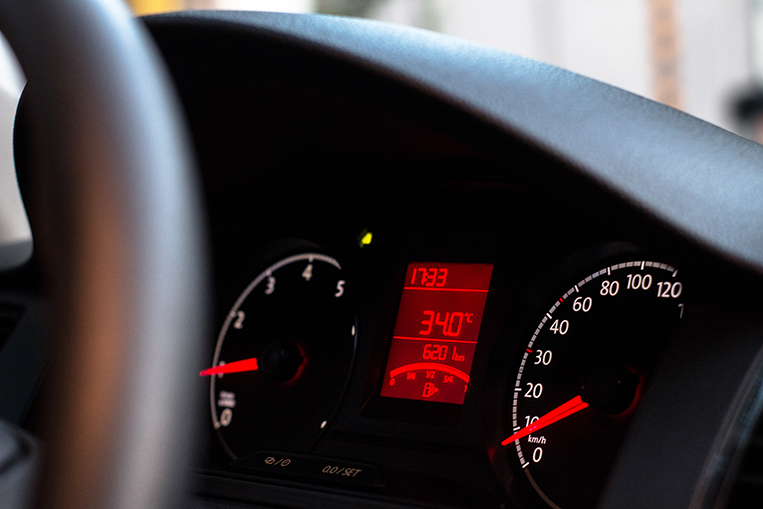
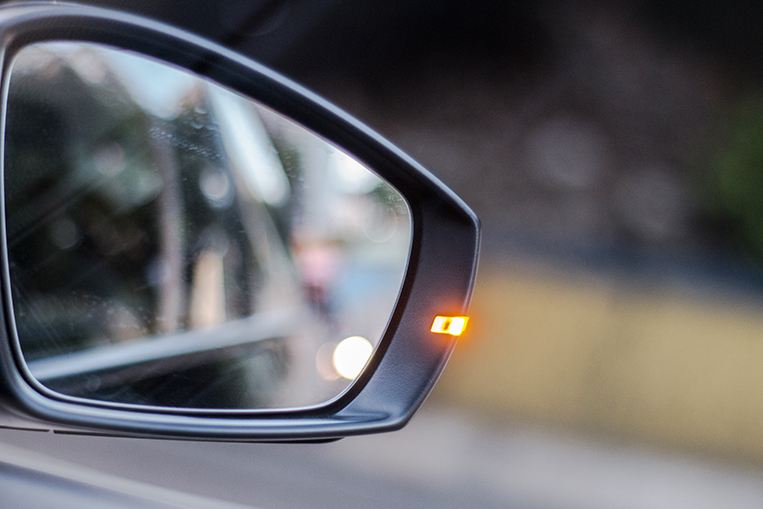
Fast-forward to the present and we’re driving a subcompact sedan introduced to our market earlier this year. Like our website, the Volkswagen Santana looks and sounds new to Filipinos. Never mind if the German automaker that produces it has a long track record of manufacturing quality vehicles—the fact remains that Pinoy car buyers have never heard of the Santana, and so they will approach it with caution and skepticism.
When you’re new, even your best attributes are viewed with cynicism. The Santana MPI MT—equipped with a capable 1.4-liter four-cylinder multipoint fuel-injection gasoline engine mated to a five-speed manual transmission—has an extremely attractive price tag of P686,000. That’s supposed to be its selling point: a good city car that boasts German engineering and is made accessible to Filipinos. But because it has just arrived—the new kid on the block, so to speak—everyone is suspicious.
Is the price that low because the car is sourced from China?
Is the car this affordable because it is made of cheap materials?
Is it a cinch to acquire because it will break down just as easily?
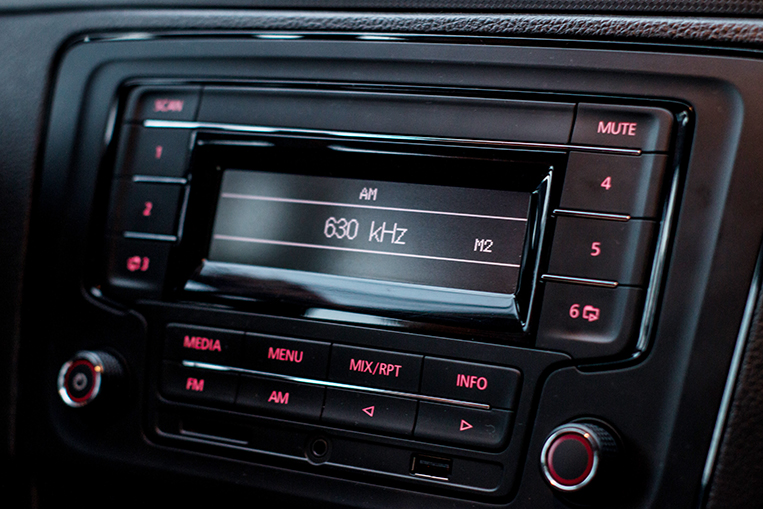
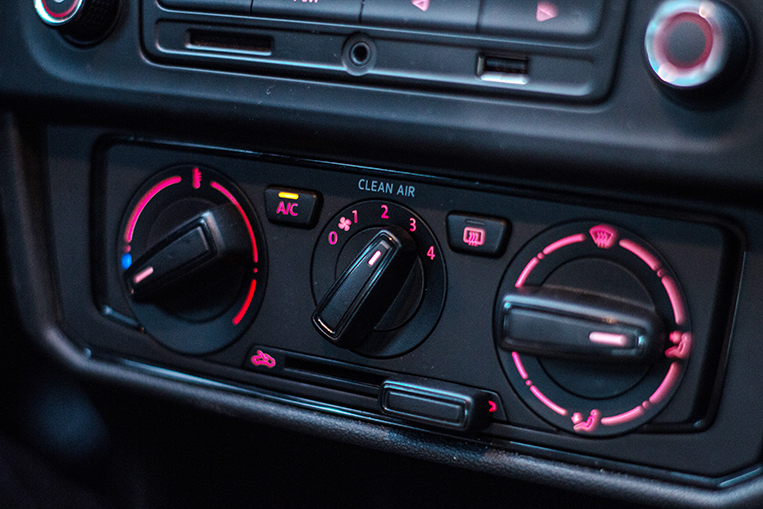
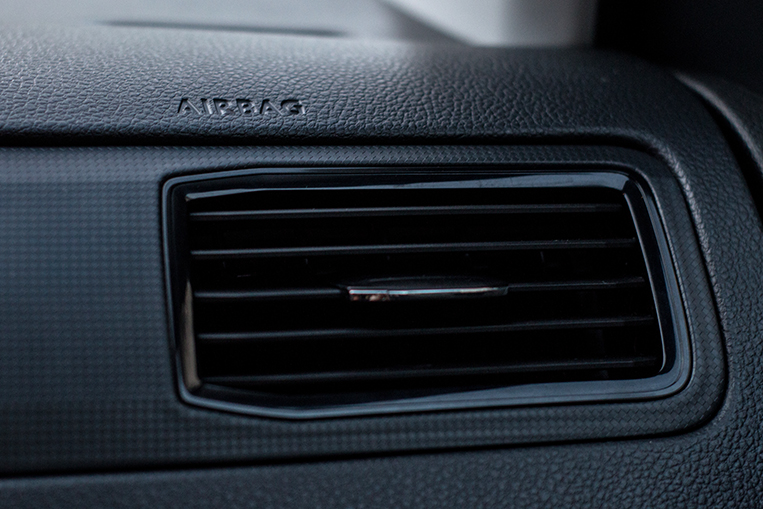
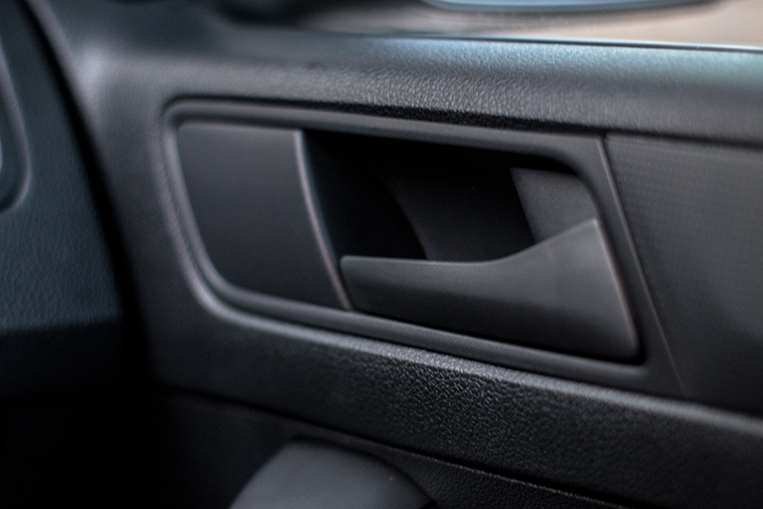
We decide to drive to Poblacion on a Thursday night. This bar-and-restaurant district in Makati is currently popular among young professionals who have tired of the mainstream hangouts. We hit slow-moving traffic. Which gives us time to survey the Santana’s cabin. Nothing about the interior says “entry-level” or “made in China.” Both the plastic and the fabric look and feel proper Volkswagen. No flimsy or rough surfaces. No ugly panel gaps. No funny-feeling switchgear.
Decent power delivery, too. With 89hp of output and 132Nm of torque on tap, the Santana’s mill is just perfect for urban motoring. The steering doesn’t behave like a toy, the handling doesn’t feel inexpensive, and the ride doesn’t betray the low-cost admission fee. Without a doubt, this car is decidedly better than—indeed vastly superior to—the Polo Classic sedan released in our market many years ago by the former importer of Volkswagen vehicles in the country.
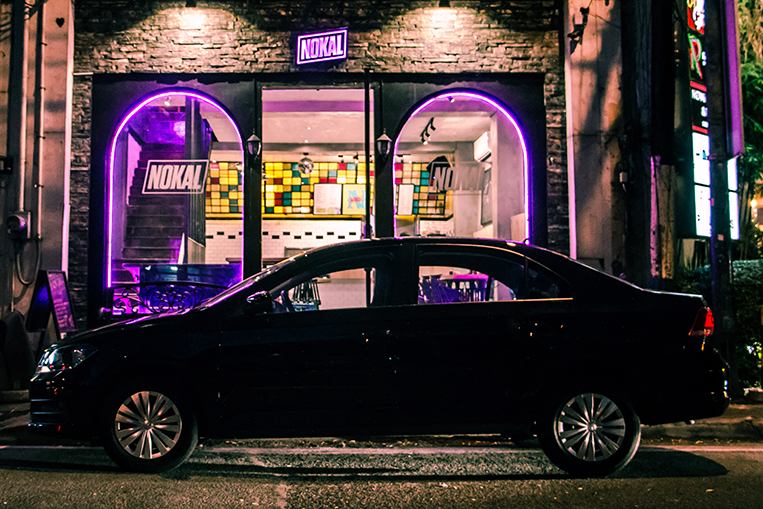
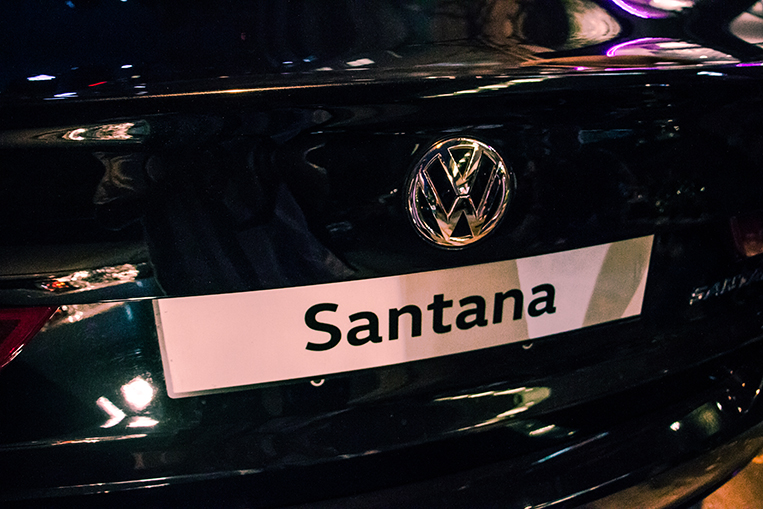
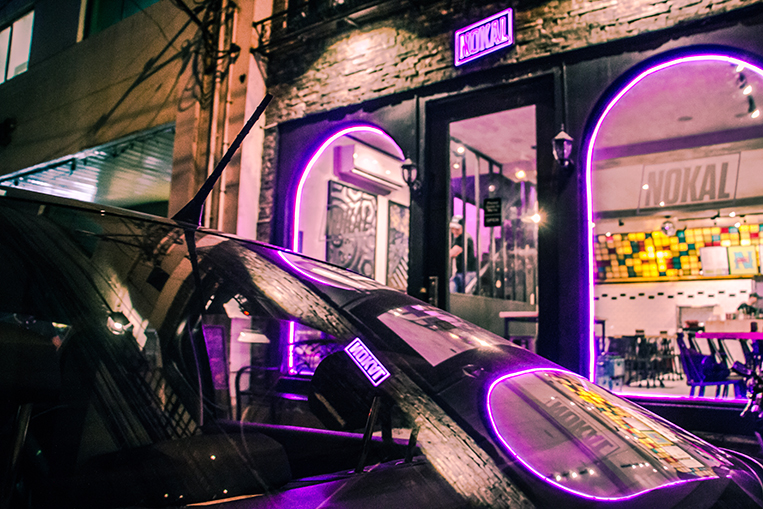
NoKal
We make our first stop at NoKal, a multilevel bar and restaurant on Kalayaan Avenue (the name is a contraction of “North of Kalayaan,” an obvious play on SoCal). This establishment is no stranger to being new, having opened just last October 3. NoKal is slowly making a name for itself among the millennial crowd, luring them onto one of its three floors beginning at six in the evening. A personable marketing manager—a perky Pinay who came home from Canada to try her luck at being an FM radio DJ—helps liven up the scene. When you’re new, you need someone to sell you. Someone who will tell and show the outside world what they’re missing.
We park the Santana right in front of the entrance, an effortless task given the car’s just-right subcompact dimensions (4,475mm long, 1,706mm wide and 1,469mm high). The car’s maneuverability and small turning radius come in handy in congested places like Poblacion.
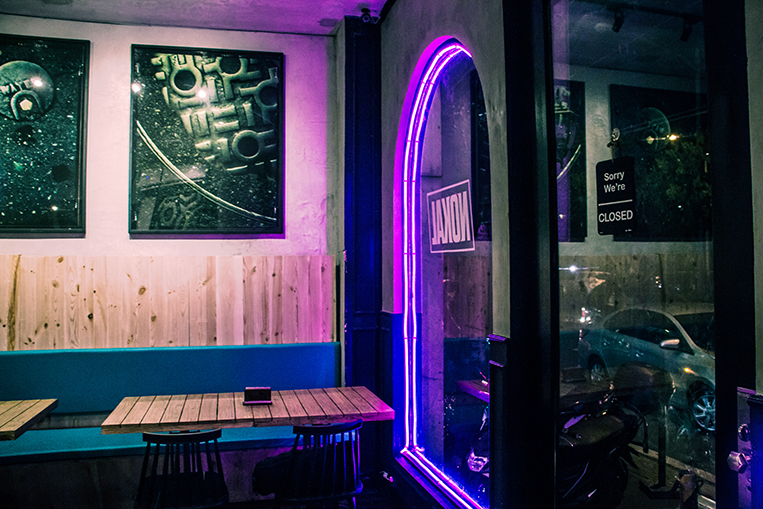
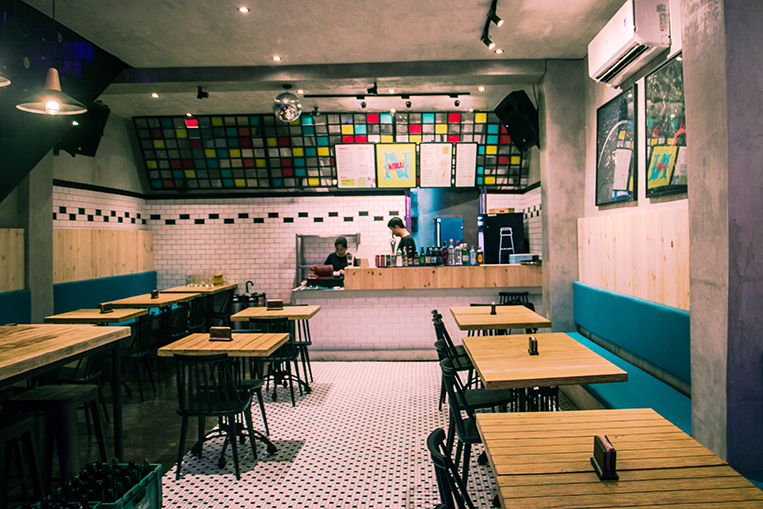
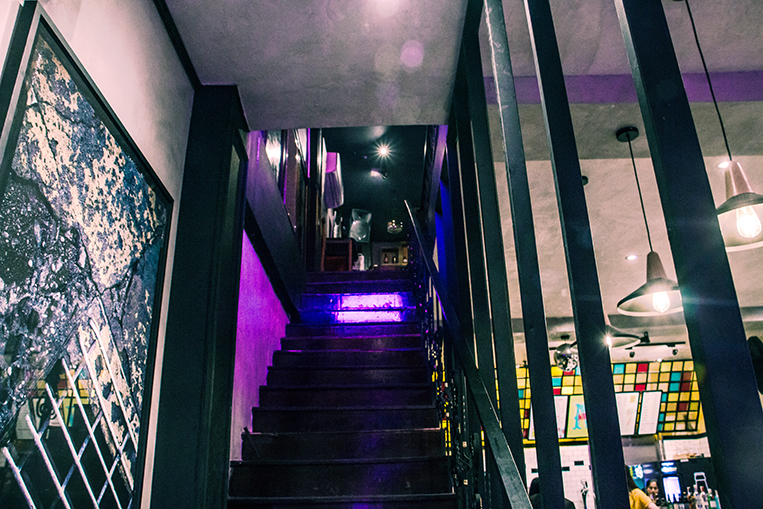
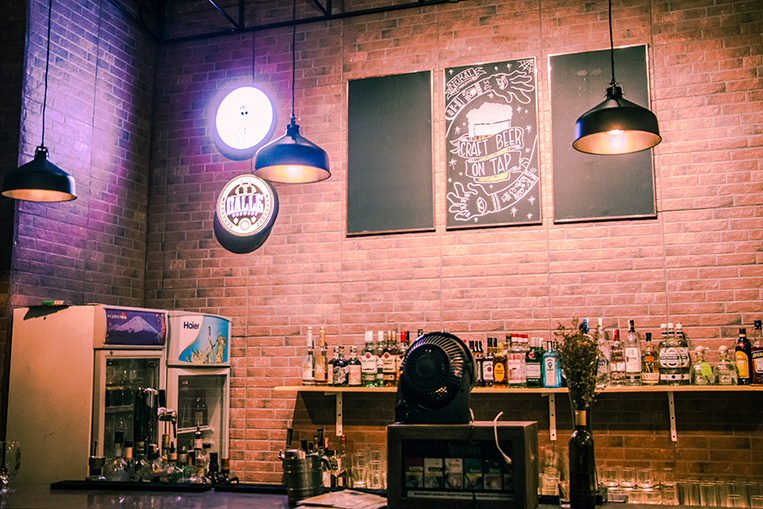
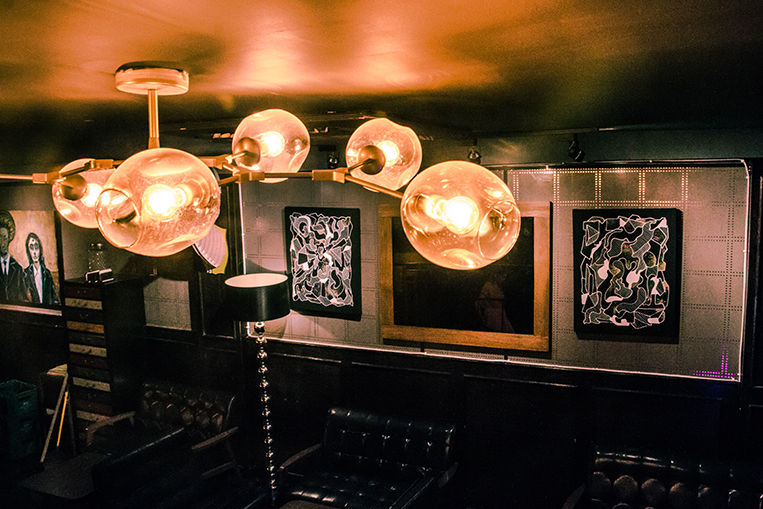
NoKal consists of three floor levels, each with a different concept. The ground floor is the diner, where you usually kick off your night with a menu of timeless grub like chicken wings, sandwiches, fries and milkshakes. The second floor is the lounge, where you proceed if you’re in the mood for cocktails. And the top floor is the beer garden, where you stay if you need to move on from a failed relationship. Something for everyone, in other words. Like Volkswagen’s little sedan parked in front: a first car for a college student, a daily driver for an office worker, a personal companion for a homemaker.
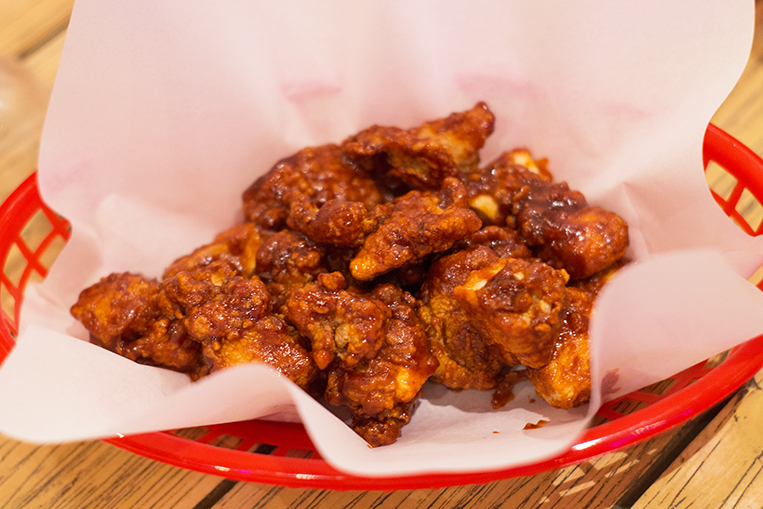
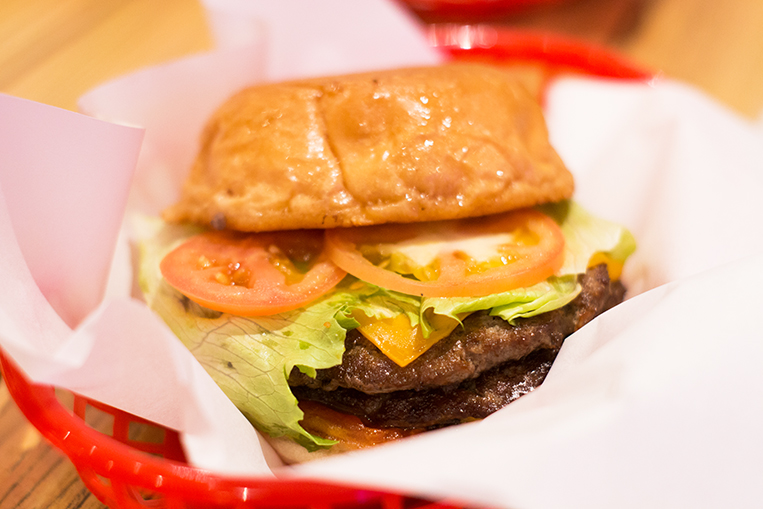
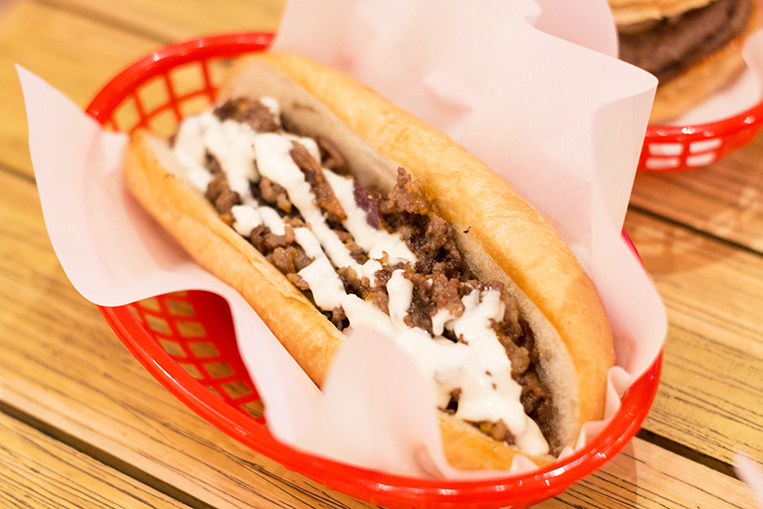
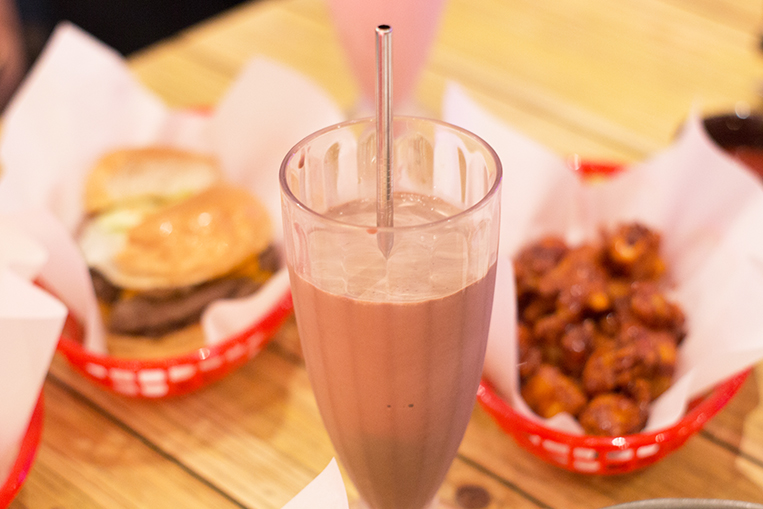

One of NoKal’s owners, Raul Montano Forés, is a scion of the family that operates Mamou and Recovery Food, two favorite haunts of serious foodies. Raul, however, knows he cannot rely on reputation and pedigree alone—that he has to make it on his own by consistently serving meals that are worth coming back to regardless of the price point.
After finishing the greasy fare spread before us, we get back into the Santana, a car that aims to delight passengers without being smug and self-satisfied about the Teutonic badge resting on its grille.
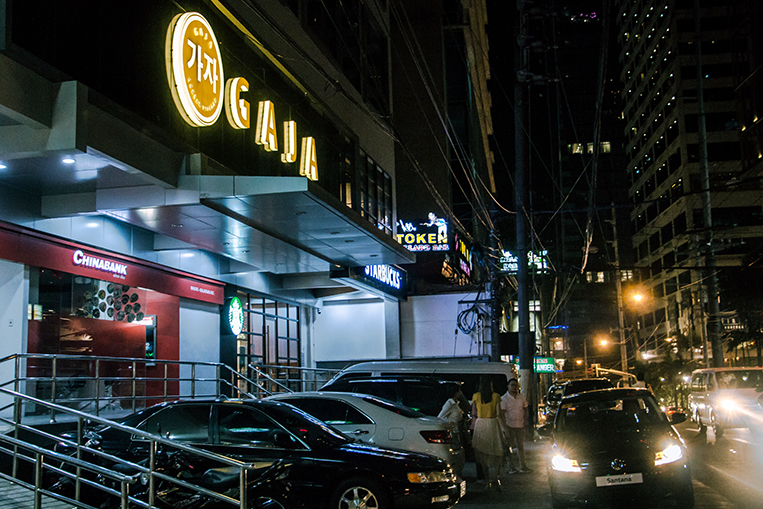
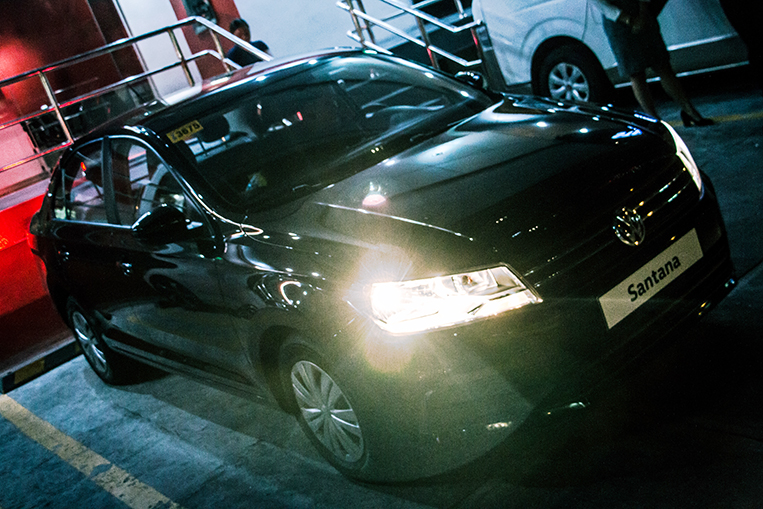
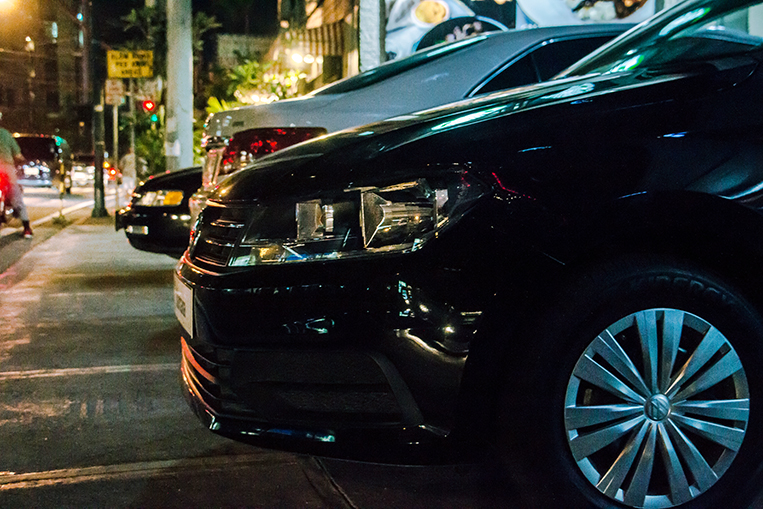
Gaja Korean Kitchen
Our next stop is Gaja Korean Kitchen, just a few hundred meters further down Kalayaan. Equally new (the place formally started operations on August 3 this year), Gaja is somewhat like the opposite of NoKal, where you go to drink and basically eat just to ensure you’re not imbibing alcohol on an empty stomach. At Gaja, you go to feast on palate-pleasing Korean dishes with “modern presentation but classic taste,” and then perhaps take a swig of some soju concoction just to complete your evening.
As we pass through an area where the sight of lurching vehicles driven by drunk morons isn’t uncommon, we honestly appreciate the Santana’s front airbags and antilock brakes. You know…just in case. These days, you truly can’t predict what’s coming at you out there, especially late at night. Oh, and we also appreciate the ample cabin space thanks to the car’s 2,603mm wheelbase.
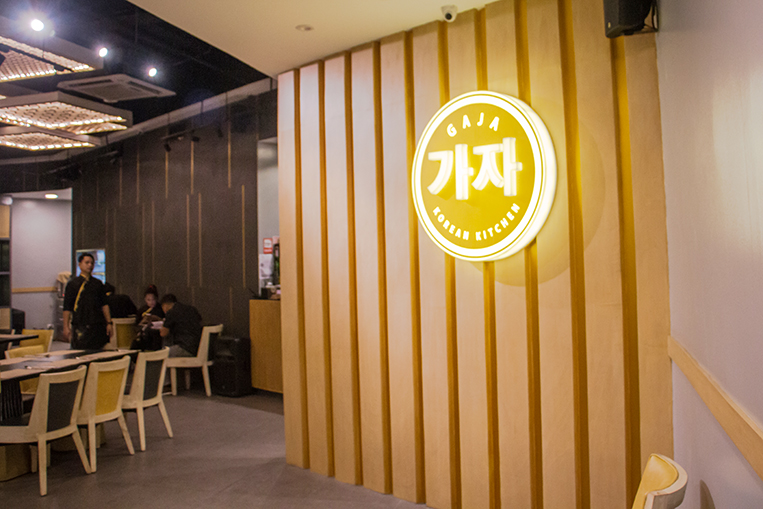
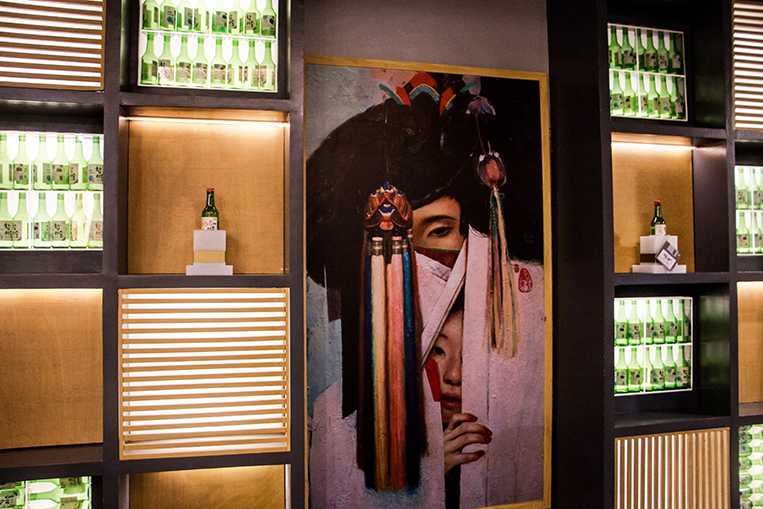
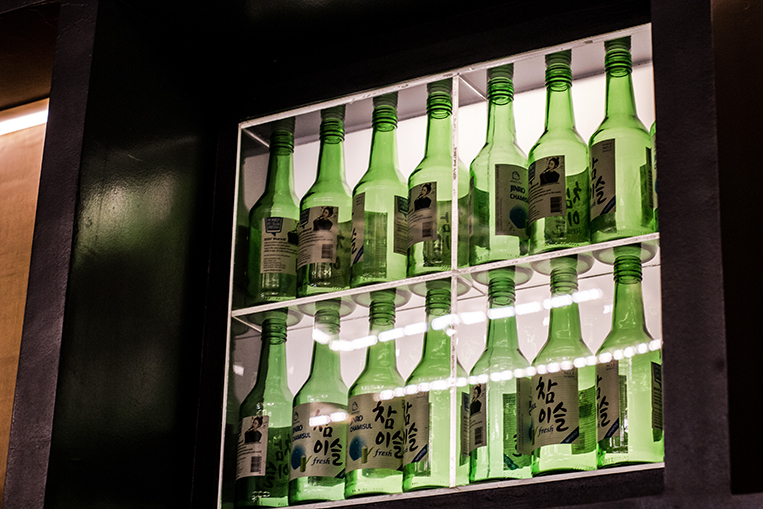
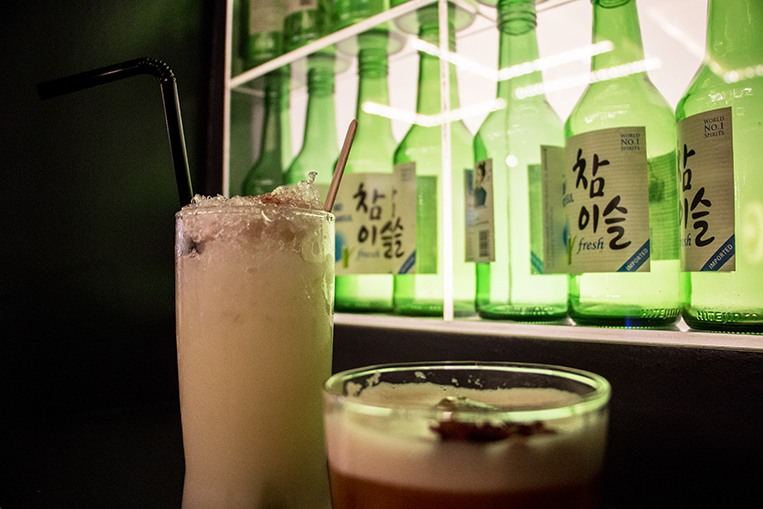
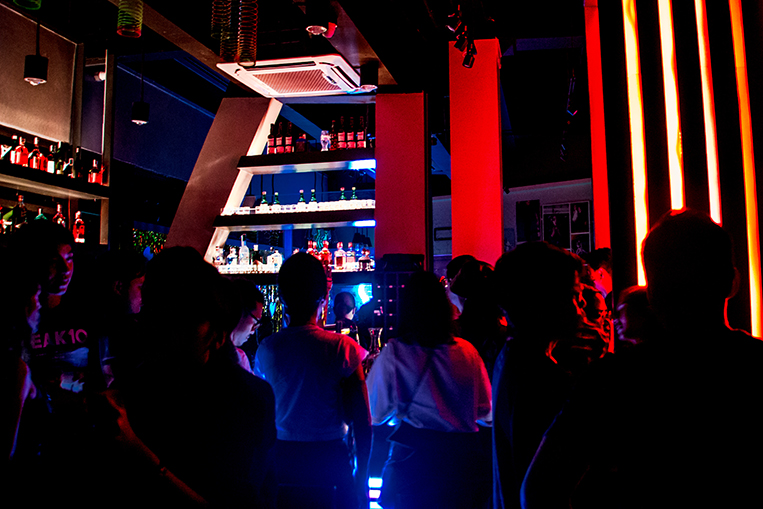
Gaja has two parts: the restaurant (which opens at 11am) and the bar (which welcomes customers at 6pm). The latter is accessed via a secret door that you open by tugging a normal-looking soju bottle. Managing partner Stephanie Dy tells us the bar serves soju cocktails to patrons for as long as they want (as in it doesn’t have a designated closing time). It appears to us the owners are just eager to please: Visit them and you’re the boss.
Again, when you’re new, you always want to outperform your veteran rivals in terms of customer satisfaction. You underpromise and overdeliver, while the competition does it the other way around. Which is what many folks are sure to experience with the Santana, a car that offers so much value (real and not perceived) for the money.
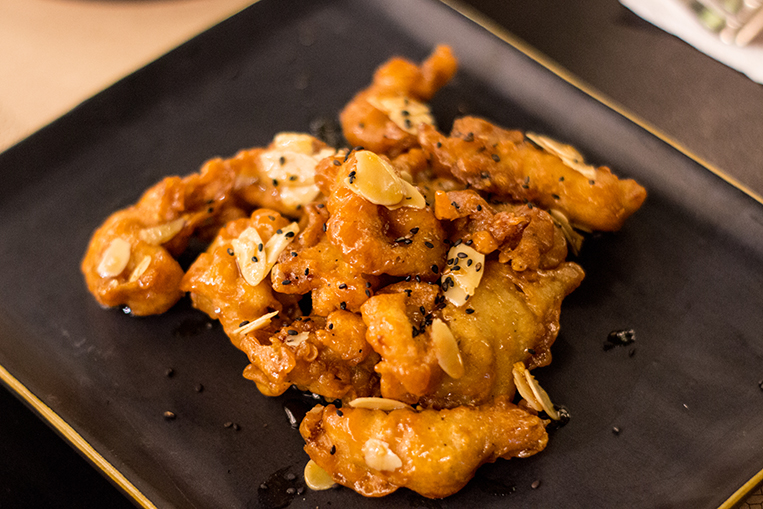
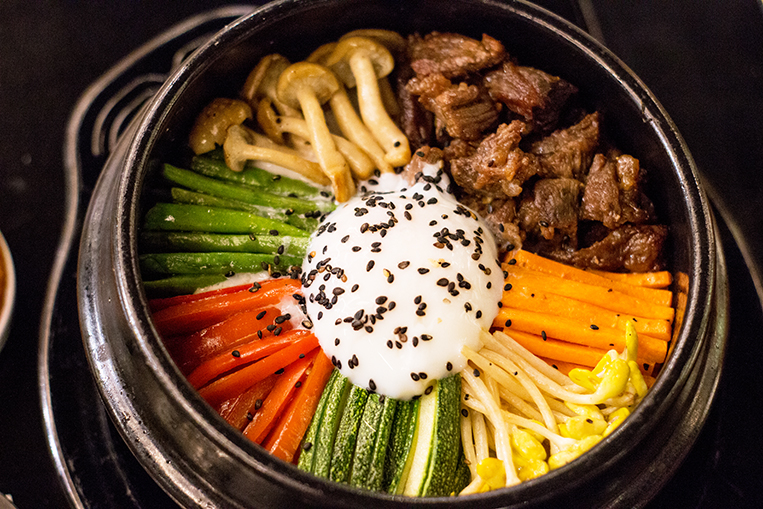
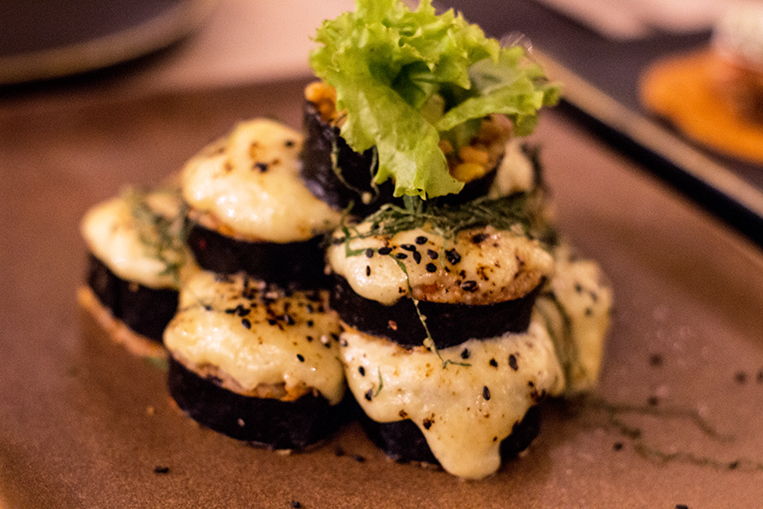
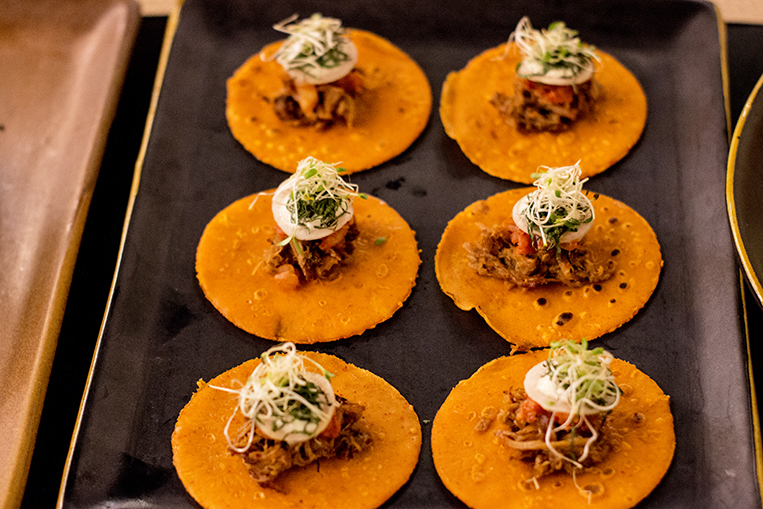
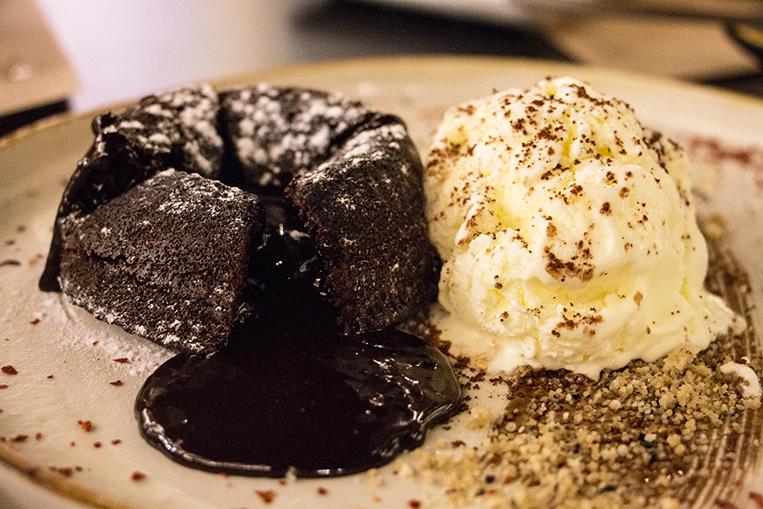
As much as we love Gaja’s refreshing soju drinks, they’re not why this place merits your consideration. We wholeheartedly recommend the restaurant for executive chef Marc Justin Tee’s menu. You absolutely have to try his Kimbap Aburi (cheese rice roll), Ribimbap (rice with rib eye) and Black Haemul Pasta (seafood pasta), among others. We’re thankful for having discovered Gaja because of this article. Not in a million years would we have assumed a gastronomical wonderland was located in this part of Poblacion—not even if we kept seeing the restaurant’s signage.
Lesson: You really will never know the caliber or quality of something until you’ve actually tried it. So don’t knock or dismiss what you’ve never encountered firsthand—you just might surprise yourself. Take it from us: You need to test-drive the Santana.
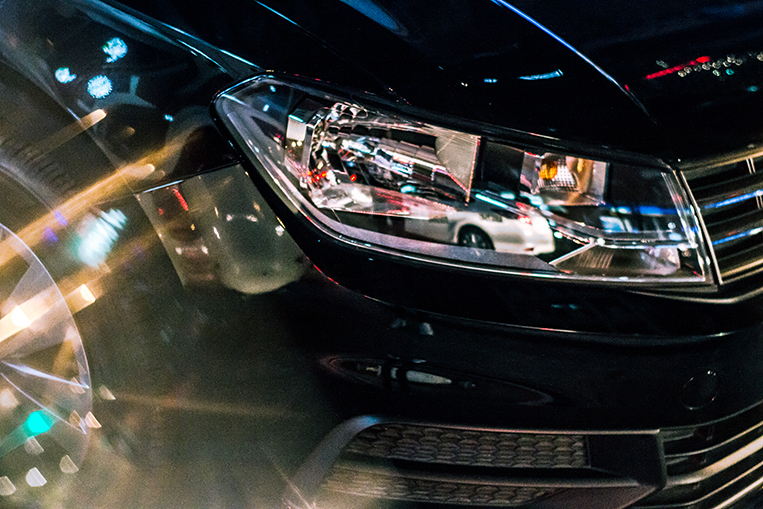
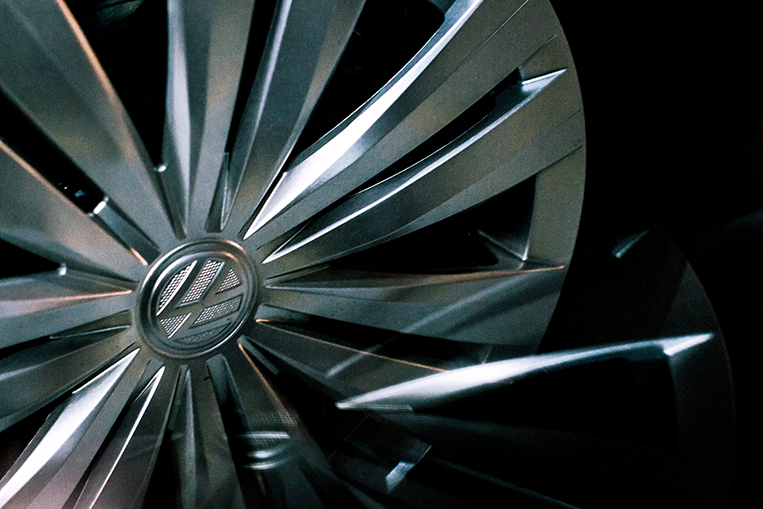
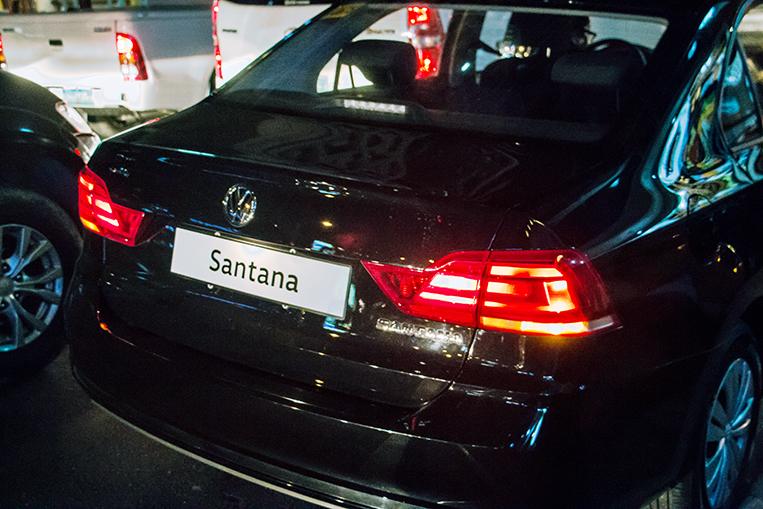
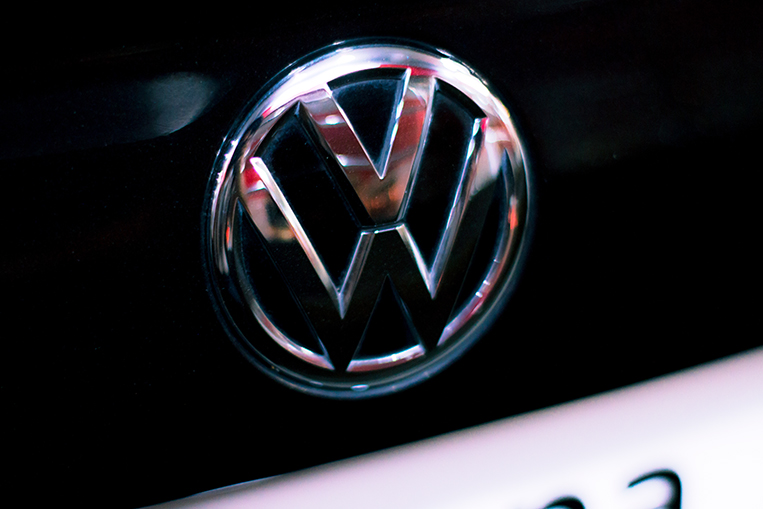
This past year, we’ve come to understand the joys and the pains of being new. Twelve months later and we’re up to 320,000 monthly page views as well as more than 90,000 followers on Facebook. Not bad, we guess, for a business some people didn’t count on surviving, let alone growing. The Volkswagen Santana, like our website, deserves public acceptance. It just needs to be discovered.
This branded article was produced in partnership with Volkswagen Philippines.

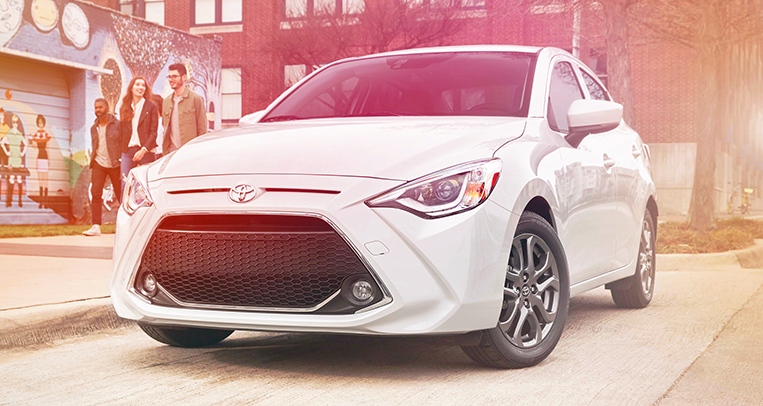
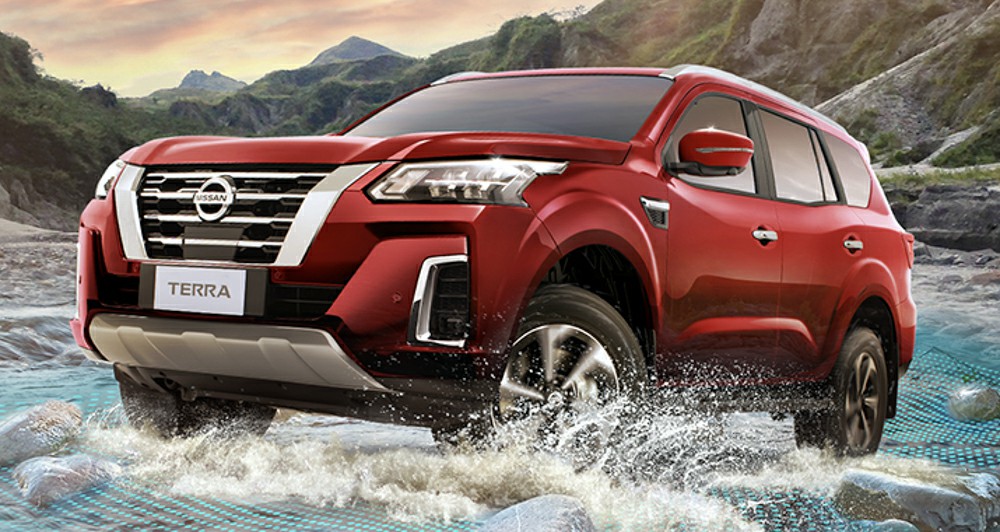
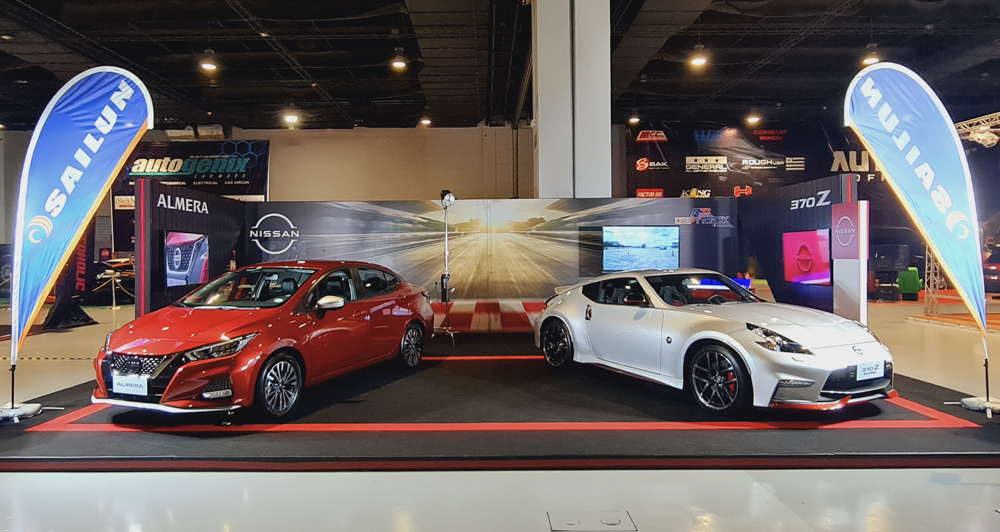
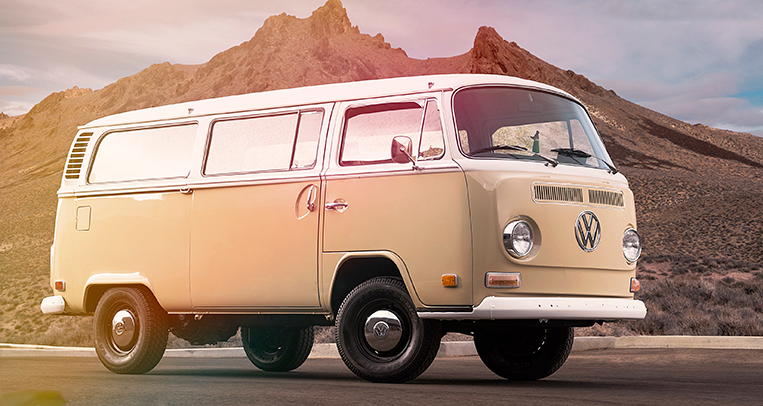
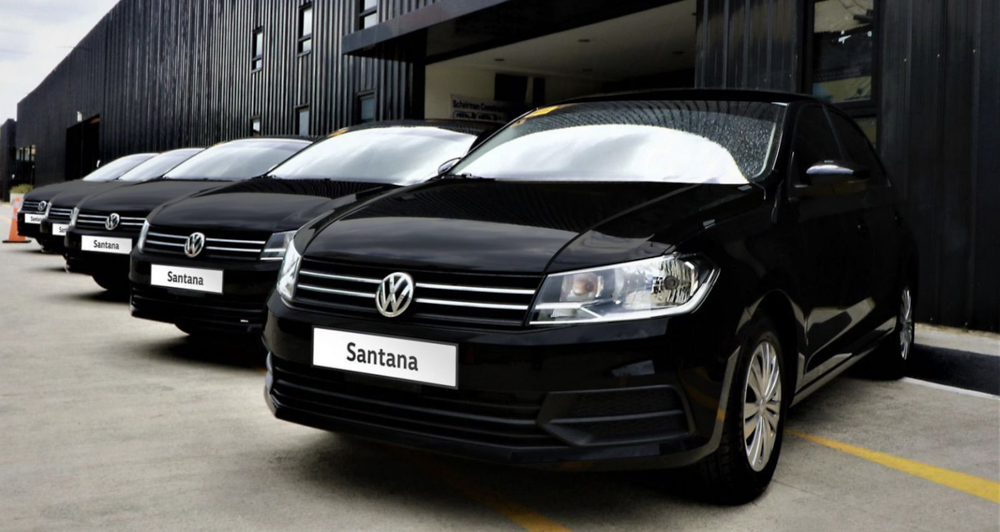





Comments